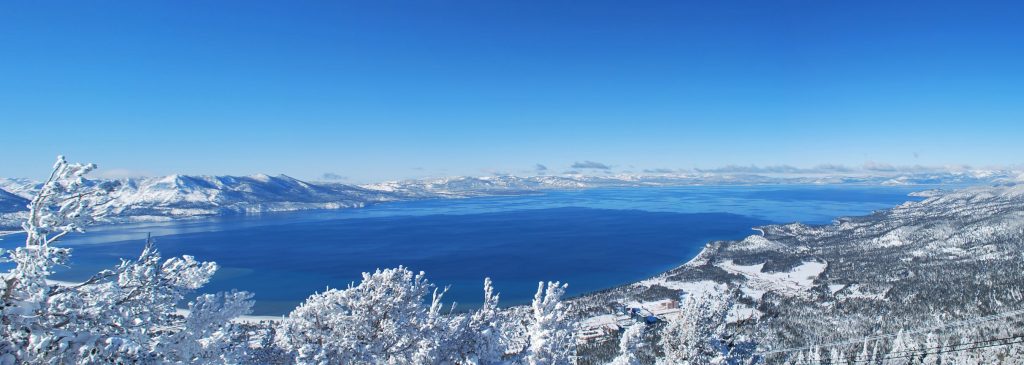
With three new feet of snow, and counting, at Lake Tahoe, now is the time to prep your home for the wet and white winter to come (unless you have done your chores before now)! There’s lots of good information below that was published within the Tahoe Daily Tribune and written by North Lake Tahoe Fire Prevention District’s Chief Ryan Sommers.
At our architect firm at Lake Tahoe, and based in Incline Village above 6,500′ we know all about preparing for what’s to come this winter. That said, no matter where you live, these tips are good no matter where you live. If you are here in the High Sierra, we encourage you to take the time to review the details now … in between shoveling this week? Next week? … We’ll see what comes our way!
The following content is courtesy of Ryan Sommers – as posted in the Tahoe Daily Tribune
Winter Home Safety Tips …
•Test and replace batteries. Check or replace carbon monoxide batteries twice a year: when you change the time on your clocks each spring and fall. Replace smoke alarm alkaline batteries at least once a year. Test alarms every month to ensure they work properly.
•Be prepared for cold weather. Prepare your home, car and have a winter weather checklist that includes emergency preparedness information for communication, making a plan and supplies kit. Register for CODE RED emergency alert notifications.
•Keep stairs and walking areas free of electrical cords, shoes, clothing, books, magazines, and other items
•Improve the lighting in and outside your home. Use nightlights or a flashlight to light the path between your bedroom and the bathroom. Turn on the lights before using the stairs. See an eye specialist once a year – better vision can help prevent falls.
•Use non-slip mats in the bathtub and on shower floors. Have grab bars installed on the wall next to the bathtub, shower, and toilet if needed. Wipe up spilled liquids immediately.
•Stairways should be well lit from both the top and the bottom. Have easy-to-grip handrails installed along the full length of both sides of the stairs.
•Be aware of uneven surfaces indoors and outdoors. If you must have scatter rugs, make sure they lay flat and do not slide when you step on them. Smooth out wrinkles and folds in carpeting. Be aware of uneven sidewalks and pavement outdoors. Ask a family member or friend to clear ice and snow from outside stairs and walkways and always use handrails if available. Step carefully.
•Wear sturdy, well-fitting low-heeled shoes with non-slip soles. They are safer than slippers, stocking feet, high heels, or thick soled athletic shoes
•Have heating equipment, chimney and stove inspected and cleaned by a certified HVAC technician and/or chimney sweep every fall just before heating season.
•Test your Smoke and CO alarms and replace batteries if needed. Refer to manufacturer’s instructions
•Allow ashes to COOL before disposing of them. Four days or 96 hours is the minimum recommended cooling period for ashes.
•Place completely cooled ashes in a covered metal container. Keep the container at least ten feet away from the home and other buildings. They should never be disposed of in a plastic garbage box or can, a cardboard box, or paper grocery bag. Never use a vacuum cleaner to pick up ashes. The metal container should be placed away from anything flammable. It should not be placed next to a firewood pile, up against or in the garage, on or under a wood deck, or under a porch. After sitting for a week in the metal container, check them again to be sure that they are cool. If so, the ashes are then safe to dispose of in your trash. Ask your local Fire District if they have an Ash Can Program.
•As a safety precaution keep anything that can burn at least three feet away from a fireplace, wood stove, or any other heating appliance, and create a three-foot “kid-free zone” around open fires. It is important to make sure the fireplace has a sturdy screen to stop sparks from flying, and never leave a fire unattended, particularly when children are present.
We hope this safety information helps you and your family to prepare and plan for whatever comes our way. And, if you ever need advice on key features to include in the design of your mountain home, do reach out.
 James P. Borelli
James P. Borelli
Founder/Principal
Borelli Architecture
Lake Tahoe / Truckee
jim@borelliarchitecture.com
775.831.3060
